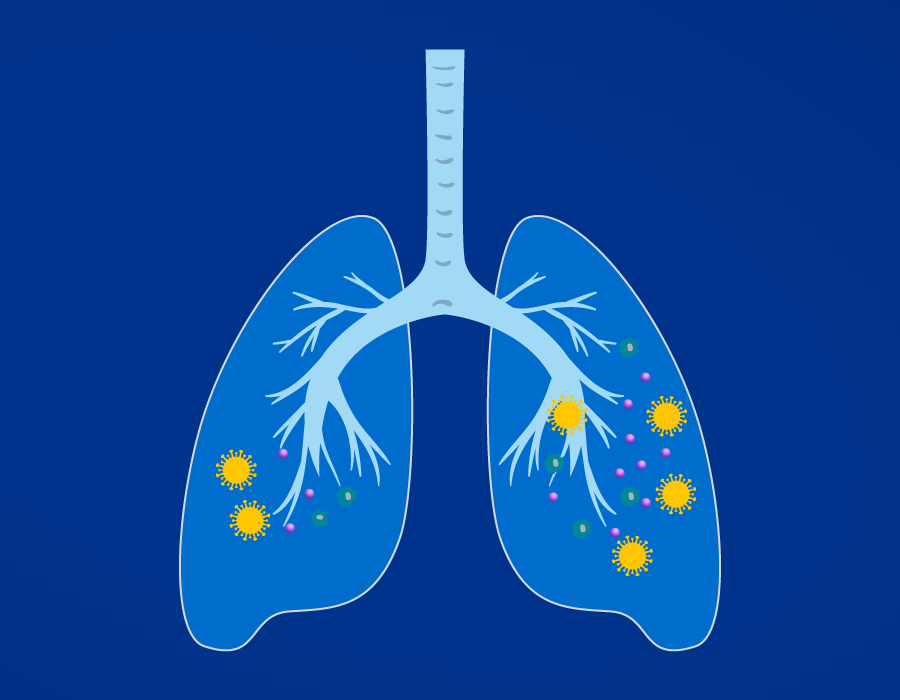One way to maximize the chances of success and significantly reduce the number of required trial enrolees is to pre-stratify potential subjects to ensure that those most likely to respond to the drug are included in the trial. In addition to significant cost-saving and effectivization of the clinical trial process, this is also in-line with the principles of precision medicine, where therapies are tailored towards specific groups of patients. Protein biomarkers that can stratify patients with different disease endotypes or prognostic pathways, or even directly predict responses to a specific drug, have an enormous potential to pre-stratify subjects prior to enrolment.
One striking recent example of this is a study of interstitial lung disease (ILD). The progressive fibrosing form of ILD (PF-ILD) is a devastating and frequently fatal condition and may develop from any one of a number of different ILD variants. Previously, there were no predictive markers to identify at risk ILD patients, which would severely complicate any clinical trials for preventive medication. A team from University of California Davis used Olink to measure ~350 plasma proteins in ILD patients and applied machine learning algorithms to identify a 12-protein signature with high predictive value for PF-ILD that was validated in an independent patient cohort. With a negative predictive value of 0.91, the authors calculated that pre-stratification of patients with this protein signature prior to enrollment in a clinical trial for a potential PF-ILD therapeutic would reduce the required size of the trial cohort by 80%, potentially saving >$26M.

